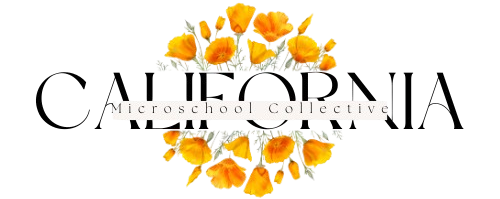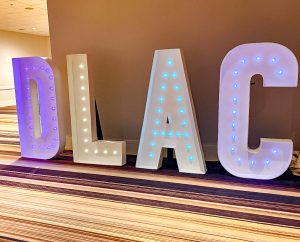By Keith Harris, Founder of The Harris Institute for Life Learning (theHill)
A Revolution in Learning Is Here
Walking into DLAC 2025, the energy was undeniable—good teacher energy everywhere. This wasn’t just another education conference; it was a vibrant gathering of educators, innovators, and disruptors shaping the future of learning.
The opening keynote, Love is Strong by Chris Singleton, set the tone for what was to come. Singleton’s personal story—transforming grief into advocacy—was a powerful reminder that education is about more than just curriculum. It’s about connection, empathy, and resilience.
For those of us deeply invested in microschools, this message resonated deeply. These schools are built on relationships, flexibility, and student-centered learning. It became clear:
Microschools aren’t just an alternative—they are the future.
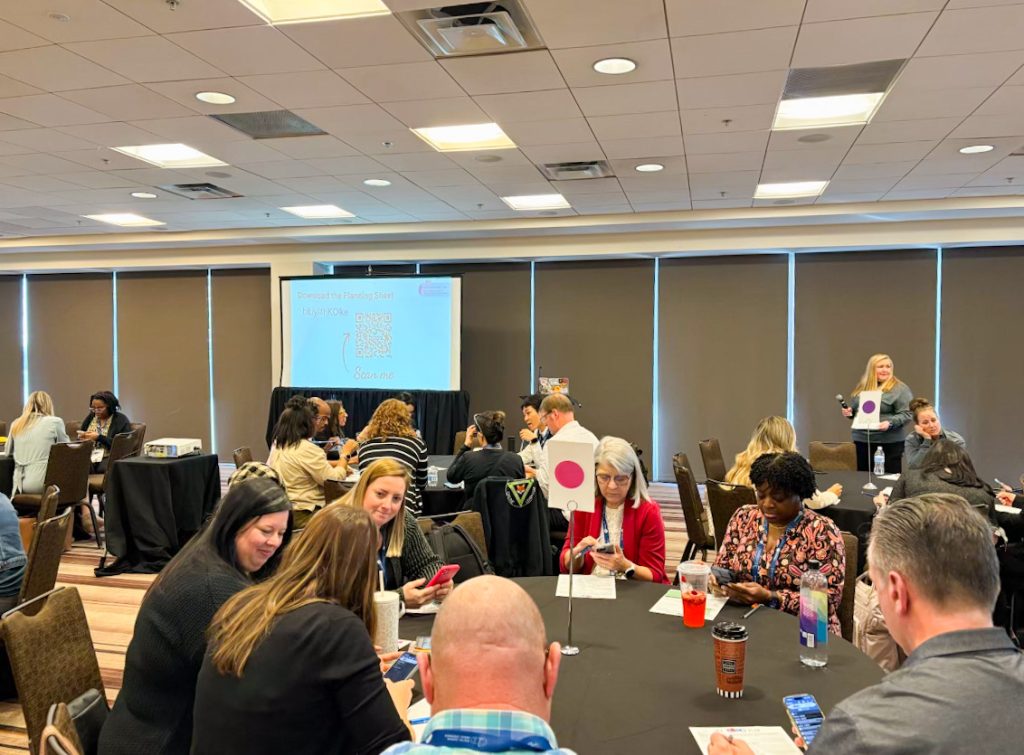
Day 2: Microschools Take Center Stage
The second day truly spotlighted the microschool movement. I had the chance to connect with amazing founders, thought leaders, and advocates—
Special shoutout to Nya Abernathy, Megan McDonald Grothman, and David Heredia for the incredible work they’re doing in this space.
Here were a few standout sessions:
Victoria Andrews | Getting Smart
Session: The Brave New Digital World of Microschools, ESAs, and More
Victoria broke down how microschools are redefining personalized education with flexible, tailored experiences that transcend traditional models.
Her takeaway:
Microschools aren’t just a trend—they’re a growing movement giving families real educational choice.
April Jackson | PASS Network & Black Microschools ATL
April shared powerful insights about community-driven education. She highlighted how culturally responsive microschools can address unique local needs in ways traditional schools often cannot.
Her perspective:
Microschools aren’t just about how students learn—but where and with whom they learn.
Tiffany Blassingame | The Ferguson School
Tiffany brought a critical operational lens to the conversation. She outlined key strategies to ensure a microschool’s long-term sustainability, including financial stability, planning, and adaptability.
Her point was clear:
If you want a microschool to thrive, you have to get the structure right.
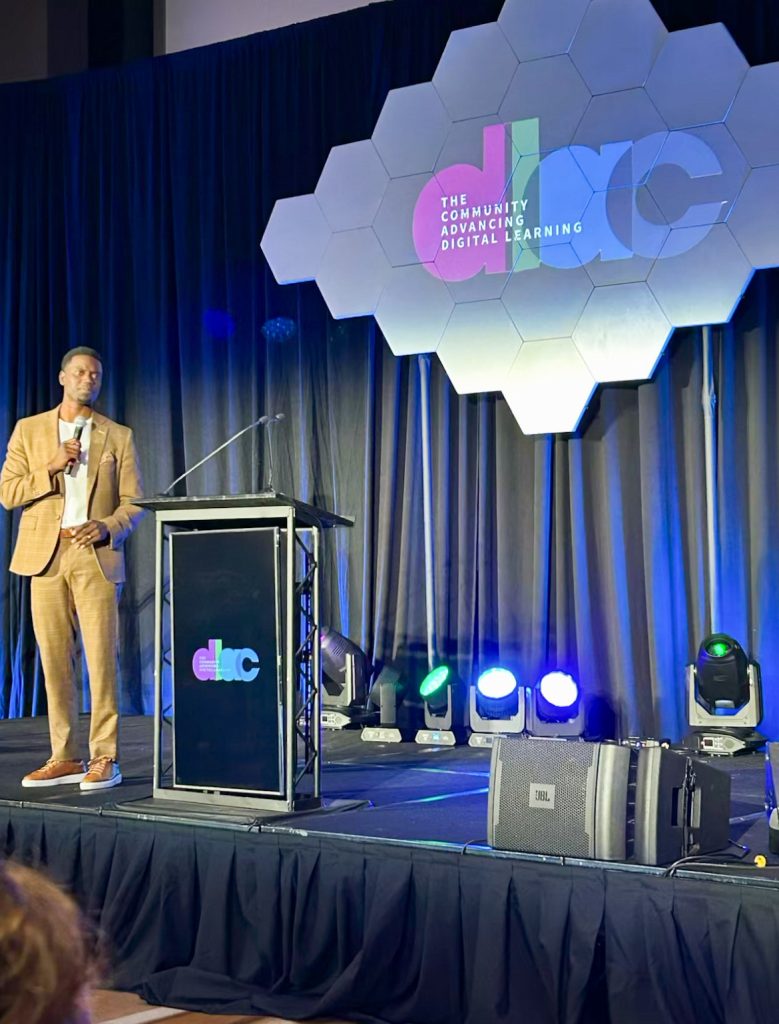
Day 3: The Intersection of AI, SEL, and the Future of Learning
The final day focused on the integration of AI and Social-Emotional Learning (SEL) into microschool models.
Conversations explored how AI can support:
- Personalized learning
- Emotional regulation
- Student-driven learning experiences
At theHill, we’re already exploring AI tools that help students:
- Build self-awareness
- Manage emotions
- Navigate complex challenges
—not just ace academic tasks.
But a crucial question remains:
How do we ensure AI tools serve all students equitably, especially in diverse, learner-centered microschool environments?
DLAC made one thing clear:
AI has a role to play, but it must be implemented intentionally, with SEL at the core.
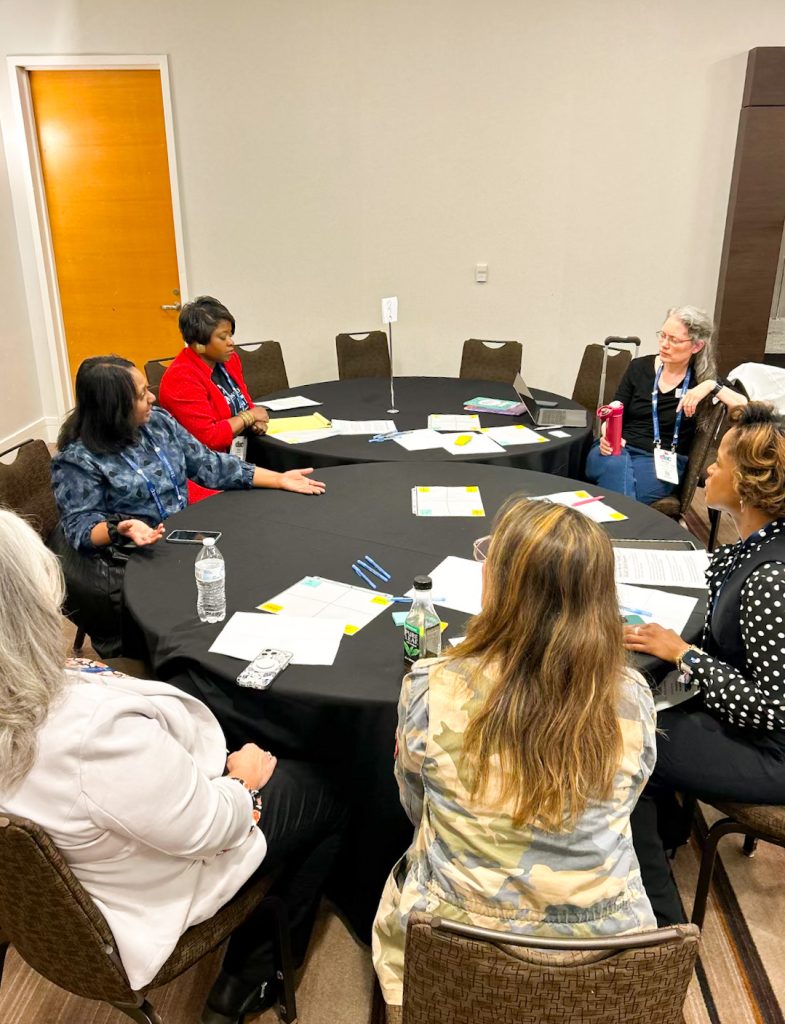
Reflections and the Path Forward
DLAC 2025 wasn’t just about bold ideas—it was about reaffirming what many of us already believe:
Microschools are the future of education.
The movement is gaining momentum because it directly addresses the most pressing issues in education today:
- Lack of personalization
- Inflexible systems
- Outdated models
A Special Thank You
A heartfelt shoutout to Lizette Valles for the opportunity to represent the California Microschool Collective, and deep respect to Victoria Andrews, April Jackson, and Tiffany Blassingame for leading such transformative conversations.
At theHill, we’re taking these insights and turning them into action—creating learning environments where:
Students come first, and education is designed for the individual, not the institution.
Final Thoughts
The future of education isn’t about fitting students into outdated models.
It’s about reshaping learning around the student.
And microschools are leading the way.
